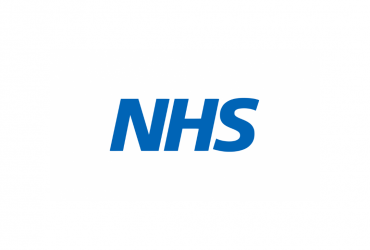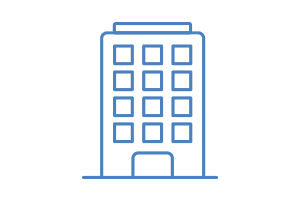Does Mould Cause Sick Building Syndrome?
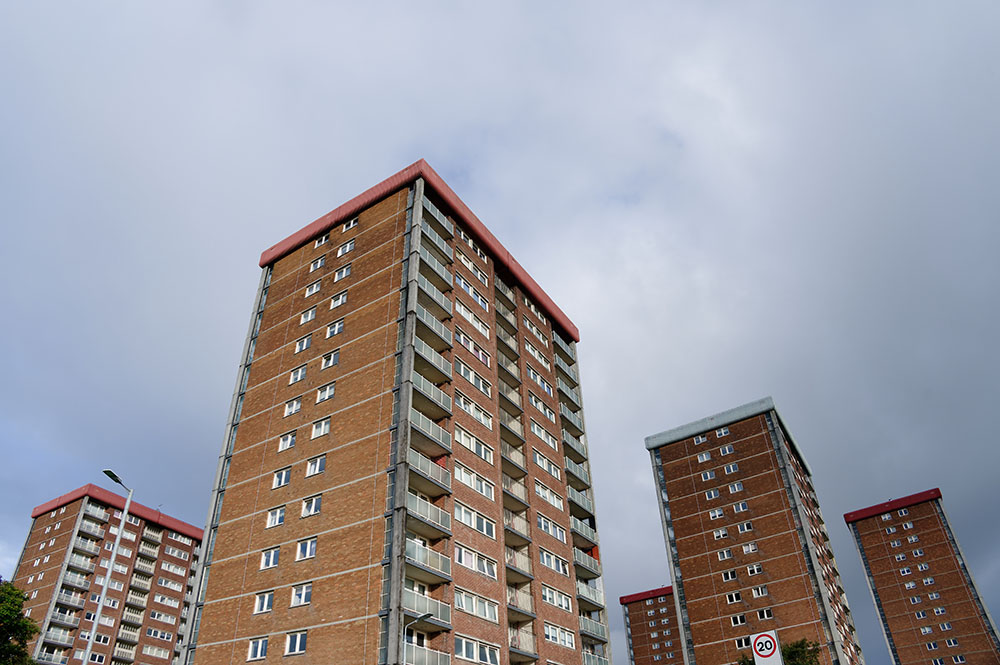
CONTENTS
- What is Sick Building Syndrome?
- The science behind Sick Building Syndrome
- Hidden places where mould thrives
- Correlation between mould and Sick Building Syndrome
- Improving indoor air quality to prevent Sick Building Syndrome
- Frequently asked questions
- Get in touch
Headaches or illnesses that occur in certain buildings could be due to the effects of Sick Building Syndrome (also known as SBS). Although it is less known than other illnesses caused by mould, its impact can be just as real.
At ICE Cleaning, our mould removal services utilise state-of-the-art tools and industrial-grade methods to effectively remove all traces of mould and spores from your property. We regularly work with commercial and domestic property owners to remove mould from their properties, as well as local councils.
Read on to learn more about Sick Building Syndrome and how mould contributes to its development.
What is Sick Building Syndrome?
Sick Building Syndrome is a situation where people may feel ill or experience health issues that are related to the time they have spent in a building. Their symptoms can get worse when they are inside the building and abate when they leave.
The cause of Sick Building Syndrome is not always easy to pinpoint, but it is linked to poor indoor air quality. Factors such as inadequate ventilation, chemical contaminants from indoor sources like cleaning products, and mould can contribute to it.
Mould is particularly problematic because it releases spores into the air which can be inhaled and subsequently trigger health problems, including allergies and respiratory problems.
The science behind Sick Building Syndrome
When you think of mould, Sick Building Syndrome may not be the first thing that comes to mind. However, evidence has shown that mould growth in buildings has serious implications for our health.
Sick Building Syndrome is a complex issue. It is rooted in environmental factors in our buildings, especially ones infested with mould. Mould spores are ever-present, waiting for ideal conditions to start growing - these mould spores then release toxins into the air we breathe.
Studies show that prolonged exposure to these toxins can lead to symptoms like headaches, fatigue, and respiratory issues. The building becomes 'sick', affecting those who spend time within it.
Hidden places where mould thrives
Mould is a fungus that can grow in areas you may not notice, such as your bedroom or living spaces. A prime example is your home's bathroom, where steamy showers can create the perfect damp environment for mould.
Kitchens remain vulnerable to mould invasions, as well. The underside of your sink could be swarming with mould colonies attracted by moisture or leakage. Mould also accumulates in damp spaces such as older, poorly ventilated kitchen cabinets or un-insulated tiles.
It can even grow behind wallpaper or underneath carpets, where damp and organic matter may accumulate. This may lead to dangerous instability in your property as mould can eat away at wood and plasterboard, creating an unsafe environment.
In commercial buildings like offices, air conditioning units can also provide an ideal breeding ground for mould. This can cause Sick Building Syndrome in workers, leading to more absences and unhappy workers.
Correlation between mould and Sick Building Syndrome
Mould exposure can play a significant role in causing Sick Building Syndrome. This is because moulds produce spores and toxins that can trigger allergic reactions when inhaled or touched. These symptoms are often similar to those of Sick Building Syndrome.
A study published by the National Library of Medicine found evidence linking indoor mould exposure to respiratory issues, one of the key symptoms associated with Sick Building Syndrome. Therefore, buildings suffering from poor ventilation or high humidity levels - conditions ripe for mould growth - may also be at risk of it.
This link between mould and Sick Building Syndrome highlights the need for effective strategies to control indoor moisture levels. Maintaining your home is not only a matter of cleanliness - it is about protecting your health as well.
Improving indoor air quality to prevent Sick Building Syndrome
To tackle Sick Building Syndrome, you need to boost indoor air quality. Proper airflow can make a big difference by reducing moisture and circulating fresh air. We recommend regularly opening windows and using fans where possible.
Air purifiers and dehumidifiers are excellent tools against it as they remove harmful particles from the environment. They can regulate humidity levels and filter out harmful particles caused by mould and dust.
Cleaning is also crucial, but some cleaning products contain harsh chemicals that may worsen indoor air quality. Instead, opt for eco-friendly alternatives or specially designed low-VOC cleaners. Professional cleaners can also step in to assist if you are struggling with this.
Frequently asked questions
Can you fix Sick Building Syndrome?
Fixing it involves identifying and eliminating the sources of indoor pollutants. Regular maintenance, improved ventilation, and the use of low-emission materials can help.
Who is vulnerable to Sick Building Syndrome?
All occupants are at risk, but people with allergies or respiratory conditions may be more sensitive to it. Workers in poorly ventilated buildings also face higher risks.
Why do I feel sick at work but not at home?
You might be experiencing the symptoms of Sick Building Syndrome. Poor air quality or mould exposure at your workplace could be causing this difference in health between home and work.
Get in touch
If you have spotted mould in your home, you must contact our team of mould specialists. Our cleaners provide mould remediation services that can remove all traces of mould from your environment and can even advise on how to prevent it in your home.
To learn more, get in touch with our team at 0208 066 0360 or enquiries@icecleaning.co.uk. Our mould cleaning team can be on-site the same day in an emergency.

Speak with me today,
I’m here to help
By asking you a few questions either via phone or email I can immediately provide a realistic estimation of the cost.
You’re in good company. We’ve cleaned for the following commercial clients… View all

Why choose us?
- Cater to a wide variety of cleaning situations
- Nationwide coverage, available 24/7
- Cater to commercial and domestic clients
- Free survey provided prior to quotation
- Emergency response team
- Offer a bespoke service designed to suit all your needs
- All technicians hold professional health and safety qualifications, including BICSc, IOSH, Dewpoint Professional & Safe Contractor
We’re fully accredited
We place best practise, professional expertise and health and safety at the core of our business. We’re fully compliant with all legal obligations. You can view a list of our accreditations below, or visit our Health & Safety page for more information.

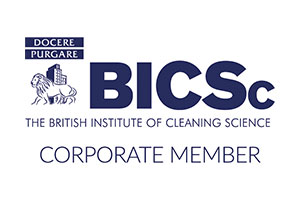

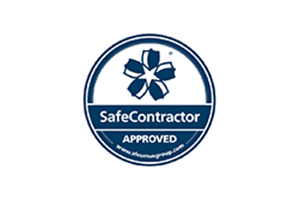


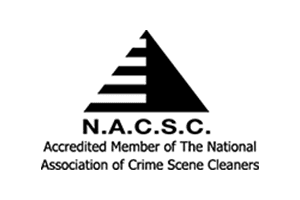




-RGB-small.1707319151.jpg)


